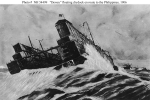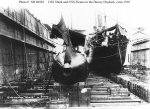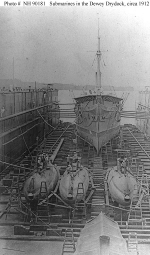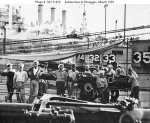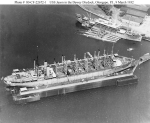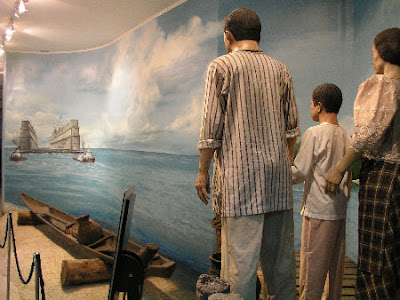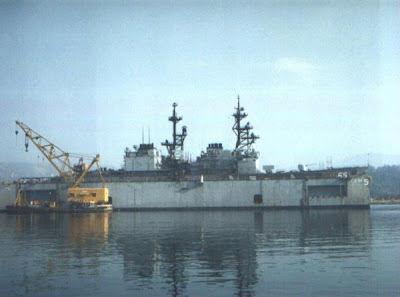the sunken AFDB-1 "Big Blue" is SYMBOLIC Of the kind of serious economic and political challenges Guam faces.
One Man's Loss is Another Man's Opportunity.
in the very near future, we will again be put to a test,
are we in our old fighting form?
do we still have that can do spirit?
does subic bay still has the world's best welders?
we realize that most of the original tigers are working overseas and many who are still here are past their productive age. there is therefore a need to train for a new breed of ship repair workers.
Both TESDA and LGU does not have the funds to sponsor this type of program.
Our constituents can't afford the cost of such training and
no school our area is offering a ship repair course.
SOLUTION: Dual-Training System (RA 7696)
in a meeting with TESDA week,


